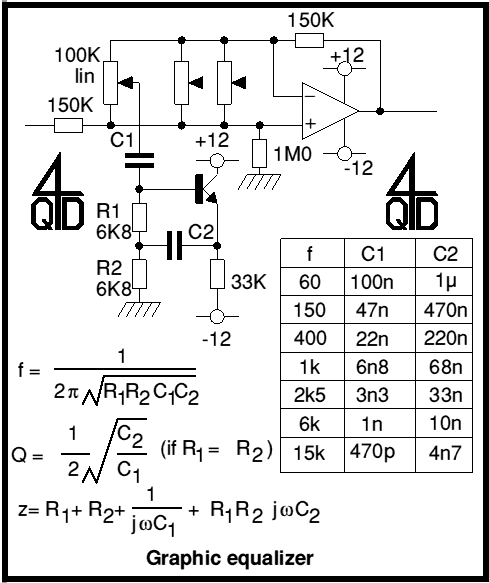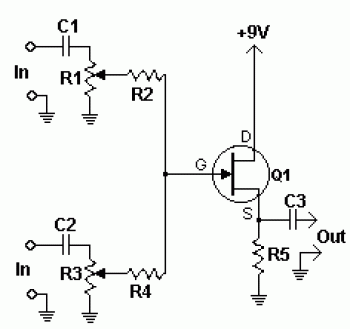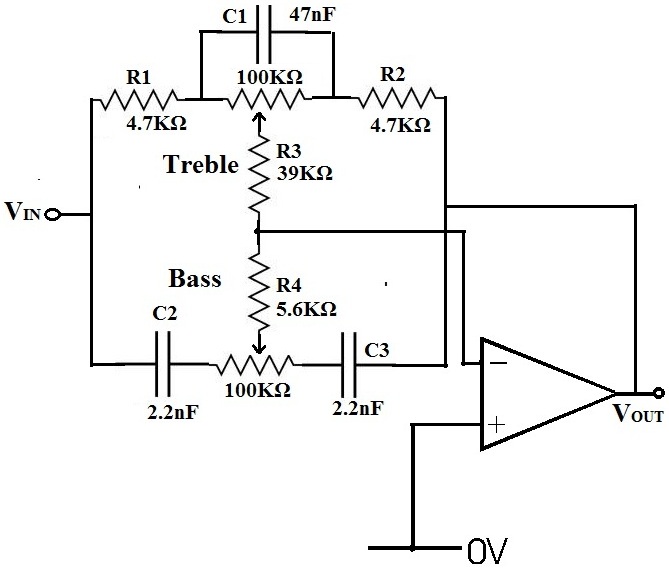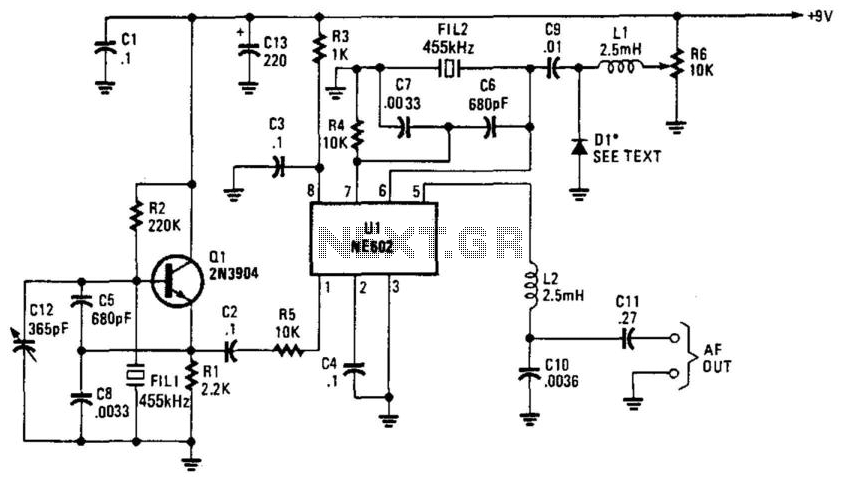
Audio Graphic Equaliser

Audio graphic equalizers are very common as commercial products (for Hi-fi, car audio and stage use) but circuits for them are very rarely published. I didn't design this one but it's really very simple. The details shown are for a 7 band but the principle can be extended to almost any number of bands - if you can find accurate enough components.
Additional Detailed Content:
Audio graphic equalizers, widely used in commercial products like Hi-fi systems, car audio, and stage equipment, have circuit designs that are seldom published. The simplicity of the design under discussion here belies its functionality and versatility. The presented details pertain to a 7-band equalizer, a type of equalizer that allows for the adjustment of seven frequency bands.
The basic principle behind a 7-band audio graphic equalizer is the division of the frequency range into seven bands, which can be individually adjusted. This adjustment allows for the manipulation of specific frequency ranges without affecting others, providing a high level of control over the audio output.
The design can be scaled up or down depending on the number of bands required. The limiting factor is the availability of components that are accurate enough to handle the frequency ranges associated with more bands. The more bands an equalizer has, the more precision is required from the components to ensure that the frequencies are divided accurately and the adjustments do not overlap.
Each band in the equalizer is controlled by a slide which adjusts the level of the frequency band. The center frequency and bandwidth of each band are determined by the values of the resistors and capacitors in the circuit. The use of high-quality, accurate components is crucial to the performance of the equalizer.
The circuitry of the equalizer also includes operational amplifiers, which are used to amplify the signals of the individual frequency bands. The signals are then combined and outputted, resulting in the adjusted audio signal.
In conclusion, the circuit design of a 7-band audio graphic equalizer is straightforward yet efficient. Its scalability makes it a versatile tool for audio manipulation, provided accurate components are used.Audio graphic equalizers are very common as commercial products (for Hi-fi, car audio and stage use) but circuits for them are very rarely published. I didn`t design this one but it`s really very simple. The details shown are for a 7 band but the principle can be extended to almost any number of bands - if you can find accurate enough components.
🔗 External reference





